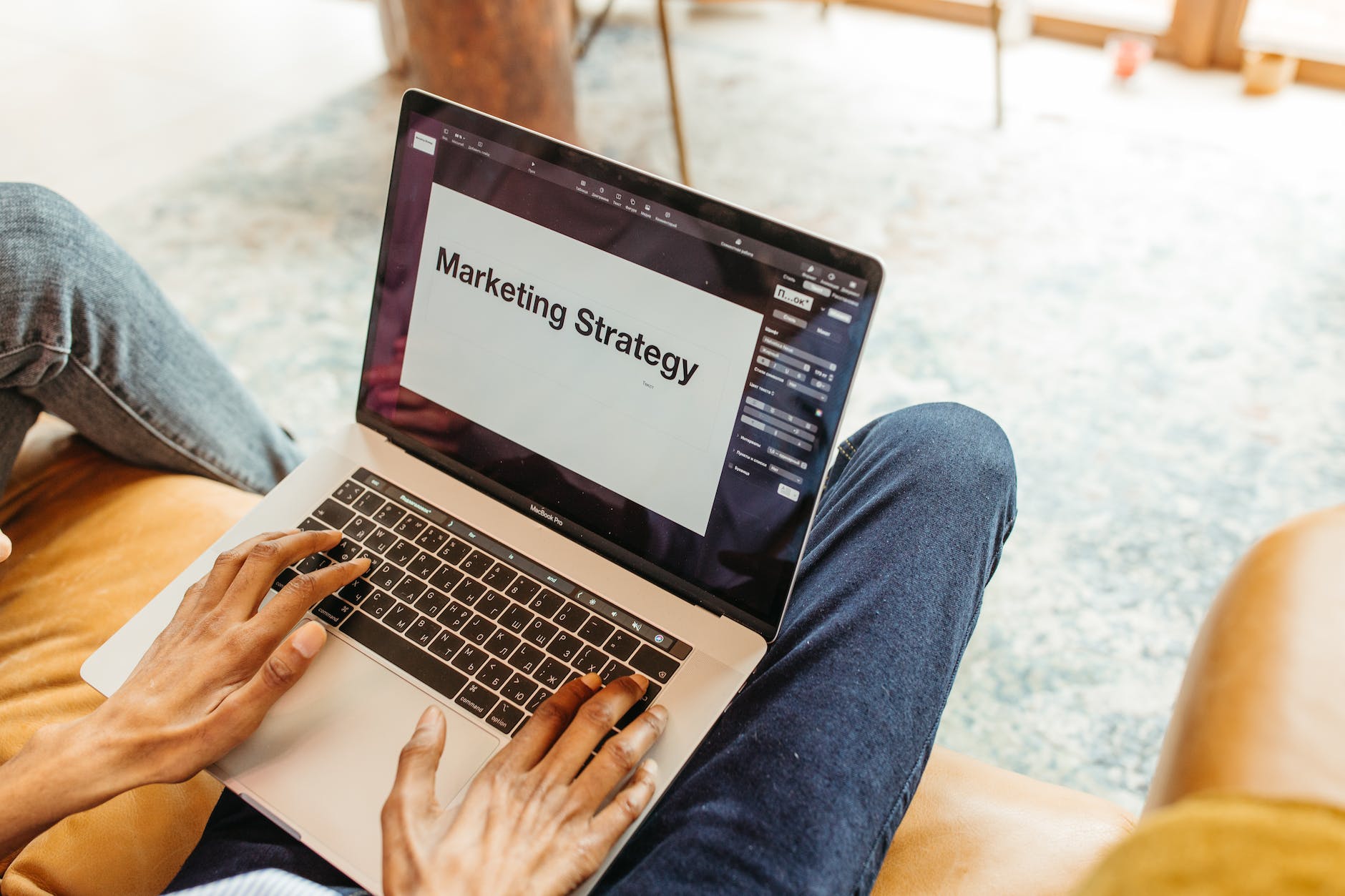
Photo by Anastasia Shuraeva on <a href="https://www.pexels.com/photo/person-using-a-laptop-7279706/" rel="nofollow">Pexels.com</a>
In today’s age, the value of visual content in your marketing plan cannot be stressed enough, especially when attention spans are shorter than ever and competition for online engagement is tough. After all, images can communicate ideas, arouse feelings, and hold an audience’s attention compared to simple words.
Hence, utilizing the potential of different kinds of visual material is essential to successfully connect with your target audience and leave a lasting impression. This blog post will look at different types of visual material that you may strategically use in your marketing campaigns. Let’s explore the realm of visual storytelling and learn how to use these powerful tools to make an impression on your audience.
Types of Visual Content
- Photographs and images
Images can make your marketing materials more engaging and persuasive. A picture is worth a thousand words, and when chosen carefully, images can evoke emotions and tell stories that connect with your audience.
Branded images, in particular, are quite useful. They can help to create a unified appearance and feel for your website, marketing materials, and other branding assets. When choosing branded images, it is important to select images relevant to your brand that resonate with your target audience. You can also rely on royalty-free images if you don’t have the time to invest in branded photography.
Overall, photographs and images can help improve blog posts, brightening text-intensive materials like eBooks, making the user experience consistent, and increasing brand recognition.
- Infographics
Infographics are an effective tool for condensing complicated information into a format that is easy to understand visually. Infographics may make your material more entertaining and understandable, whether describing a process, providing data, or emphasizing important points. Consumers and business decision-makers base their decisions on data. But not everyone has the time to go through in-depth studies and reports. Important information is neatly packaged in infographics in a way that is simple to understand and spread.
- Videos
The appeal of video material has soared in recent years and for all the right reasons. Videos can awe your audience, increase engagement, and increase conversions, whether product demos, instructional videos, or behind-the-scenes looks. Videos such as how-to tutorials, product and service demos, customer testimonials, live videos, and event recordings help engage your audience.
- GIFs and memes
You can also use memes and GIFs to add humor and relatability to your marketing. These humorous images may efficiently convey your message to your audience while amusing them. Memes and GIFs are fun because they allow internet users worldwide to share inside jokes and quick messages. However, it is important to use memes carefully, as they can sometimes have unintended meanings.
- Participatory Content
Quizzes, polls, and interactive infographics are examples of interactive material that invites interaction from your audience. It’s a great approach to increase engagement and get insightful information. Using interactive content, you may encourage visitors to stay on your website longer and learn more about your brand by providing them with activities other than reading or watching videos.
- UGC, or user-generated content
Another way to increase engagement with your audience is to utilize material produced by your followers or customers. In addition to acting as genuine endorsements, user-generated content helps build a feeling of community around your business. It can include customer testimonials, tagged videos on social media platforms, and reviews.
- Graphics and Icons
A distinctive visual identity is important for any company that wants to stand out. Personalized images and symbols can help to create a unique and memorable brand identity that can be used across all marketing materials.
Mascots: Mascots are a popular way to create a friendly and approachable brand identity. They can be used to tell stories, connect with customers on an emotional level, and make your brand more memorable.
Logos: Logos are another essential part of any visual identity. They should be simple, memorable, and relevant to your brand.
- Posts on a carousel
Carousel postings on websites like LinkedIn and Instagram let you convey a sequential tale using a collection of pictures or slides. This layout keeps your viewers interested and swiping.
For posts on a carousel, you can create a sequence of images to help guide the audience through a process, such as a recipe, product tutorial, or workout routine. You can also use it to tell a visual story about your brand, product, or customer. Moreover, it can break down complicated information into digestible chunks, especially if you are trying to explain a complicated product tutorial to your customers.
- Live streams and webinars
Live visual content can be a great way to educate your audience about your product or service. You can use it to demonstrate how your product works, answer questions and provide insights into your industry. It can help build trust with your audience and show them you are an expert in your field.
Webinars are also a great way to educate your audience about a specific topic. You can use webinars to share your knowledge, answer questions, and interact with your audience in real-time.
- Screenshots
Screenshots are a versatile and often overlooked type of visual content that can be a powerful addition to any marketing strategy. They can provide a behind-the-scenes look at your product or service, demonstrate features and benefits, or back up claims made in your sales copy.
You can use screenshots on a variety of platforms and in a variety of industries. They are a versatile and effective way to communicate with your audience and promote your product or service.
Conclusion
Using diverse visual content in your marketing plan can help your company stand out, engage your audience, and achieve your desired results.
The secret is to pick images that complement your brand’s identity and appeal to your target market. Always remember that the most powerful visual material inspires emotions and motivates action in addition to telling a story. Incorporate these graphic components into your marketing campaigns to increase the impact of your brand.


